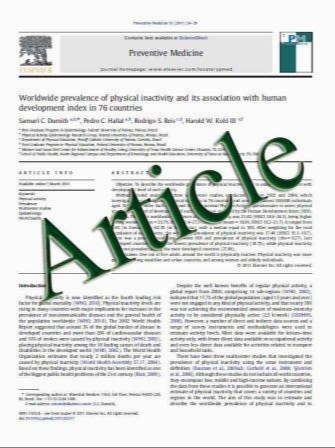Response to “Effects of Vitamin K intake on gamma-carboxylated proteins, bone fractures, and vascular calcifications”
- نوع فایل : کتاب
- زبان : انگلیسی
- مؤلف : Y. Fujita & M. Iki & J. Tamaki & K. Kouda & A. Yura & E. Kadowaki & Y. Sato & J.-S. Moon & K. Tomioka & N. Okamoto & N. Kurumatani
- چاپ و سال / کشور: 2011
Description
We would like to thank Maria Fusaro and colleagues for their suggestion that habitual intake of natto may have a beneficial effect on vascular health, as well as bone health, via vitamin K-dependent matrix Gla protein (MGP), a potent inhibitor of arterial calcification [1]. This is interesting because we know that MGP may be carboxylated only in the presence of vitamin K2, which is enriched in natto [2]. A systematic review of the relationship between vitamin K and coronary heart disease (CHD) showed no association between vitamin K1 intake and the incidence of CHD, whereas increased intake of vitamin K2 is associated with fewer CHD events [3]. Thus, vitamin K2 may be a more important factor in the prevention of CHD than vitamin K1. In addition, a usual portion size of natto (50 g) contains approximately 380 ىg of vitamin K2 (menaquinone-7) [4], while the mean vitamin K2 intake in the cohort studies cited by Rees et al. [3] was only 30 ىg/day, with a maximum intake of 128 ىg/day [5, 6]. A Japanese population consuming natto would have a higher dietary vitamin K2 intake than other populations. The Japanese Population-based Osteoporosis Cohort Study showed that postmenopausal women with no or low natto intake exhibited significantly greater hip bone loss than those with habitual natto intake [7] and that low spine bone density or prevalent vertebral fractures in postmenopausal women are independently associated with increased intima–media thickness (IMT) at the carotid bifurcation [8]. These findings suggest that low natto intake may be associated with increased IMT, a surrogate marker for CHD. In contrast, another report in the Fujiwara-kyo Osteoporosis Risk in Men (FORMEN) Study showed that serum levels of undercarboxylated osteocalcin, a biomarker for vitamin K intake, are inversely associated with glycemic index and insulin resistance [9], suggesting that natto intake may increase the risk of diabetes mellitus, which is a potent risk factor for CHD [10]. Therefore, it is not clear whether vitamin K intake has beneficial effects on vascular health, in addition to bone health.
Osteoporos Int DOI 10.1007/s00198-011-1690-2 Received: 27 May 2011 / Accepted: 27 May 2011


